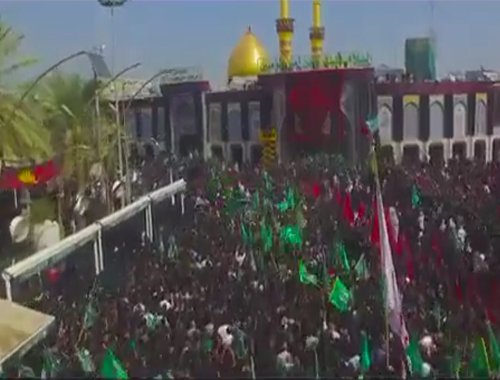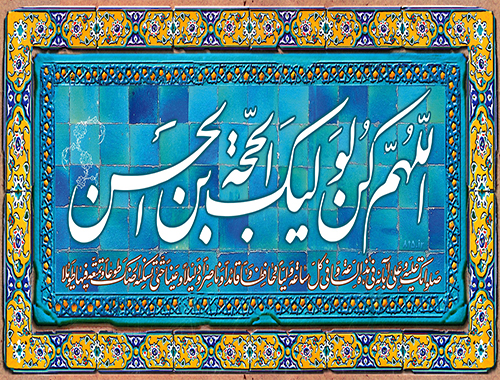2. Political Circumstance of His Imamate
- Details
- Hits: 2407
2. Political Circumstance of His Imamate
Musa al-Kazim (a.s.) became the Imam at the age of twenty through Divine Command and the decree of his forefathers. His imamate, however, began under a very difficult political atmosphere.
The first ten years coincided with Mansur who, as already mentioned in the previous lesson, had given orders to his governor in Medina to behead the heir of Imam Ja‘far as-SÄdiq (a.s.). His plot failed because Imam as-SÄdiq, predicting this move of Mansur, had written the last will in a way that confused the enemies but guided the seekers of truth to his rightful successor.
The Imam had written five names: the names of the caliph and his governor in Medina were just to confuse the enemy. It was obvious that Hamidah, being a woman, cannot be an imam. So we are left with two possible successors to Imam as-SÄdiq: ‘AbdullÄh Aftah, the older son, and Musa al-KÄdhim, his younger son. If ‘AbdullÄh, the older son, was capable of inheriting the father’s status, there was no need to mention the younger son’s name! This will, besides other proofs, clearly guided the Shi‘as towards their new Imam.
Obviously with such a beginning, it was not possible for the Imam to openly assume the role of leadership. His contacts with the Shi‘as were very much restricted. Some relief came when Mansur died in 158 A.H. and was succeeded by his son, Mahdi, who adopted a lenient policy towards the Shi‘as and the Ahlu ‘l-Bayt. During this time, the Imam’s fame in knowledge and piety spread far and wide. This fame prompted Mahdi to order his officers to arrest Imam Musa al-KÄdhim and bring him to Baghdad. But soon the Imam was released and sent back to Medina. Now the Imam started meeting his followers more openly and continued the scholarly jihÄd of his forefathers.
In 169 A.H., Mahdi died and was succeeded by Hadi. Hadi, unlike his father, had no respect for people’s views, and openly persecuted the Shi‘as and the Ahlu ’l-Bayt. Morally he was a very corrupt person. It was during his short reign that Husayn bin ‘Ali organized an uprising against Hadi which ended in an armed confrontation in Fakh. Unfortunately, Husayn and all his companions were killed.
Hadi died in 170 A.H. and was succeeded by HÄrun ar-RashÄ«d. HÄrun, in spite of all the fame that he has in advancing sciences and knowledge, was a very tyrannical ruler—especially when it involved the Shi‘as and the Ahlu ’l-Bayt. He exiled all the descendants of Imam ‘Ali in Baghdad to Medina; he used to give hefty rewards to the poets who composed verses against the Shi‘a Imams; he even made it difficult for the people to visit the grave of Imam Husayn (a.s.) at Karbala.
Under such circumstances, Imam Musa al-KÄdhim strongly urged his followers to refrain from working or cooperating with tyrant rulers and governments. One interesting example is of Safwan bin MihrÄn al-JammÄl. Once when Safwan came to visit him, the Imam said:
“You are a good person except for one thing.”
Safwan: “What is it, O Imam?”
Imam: “You have rented out your camels to HÄrun.”
Safwan: “O Imam, I have rented them out to him for his journey to Mecca for hajj; and I have not personally gone for taking care of the animals, my employees are going with his caravan.”
Imam: “Don’t you have this wish in your heart that may HÄrun came back alive from this journey so that you may get back your camels and their rental?”
Safwan: “Yes, O Imam.”
Imam: “O Safwan, one who wishes the tyrants to live longer will be counted as one of them!”
There are, however, some cases where Imam Musa al-KÄdhim allowed a selected few (like ‘Ali bin Yaqtin) to work for HÄrun’s government only with the condition that they would use their positions to help their fellow Shi’as.











